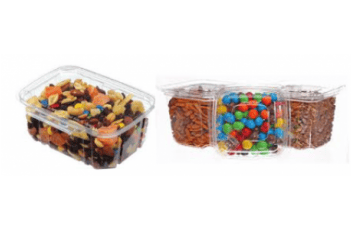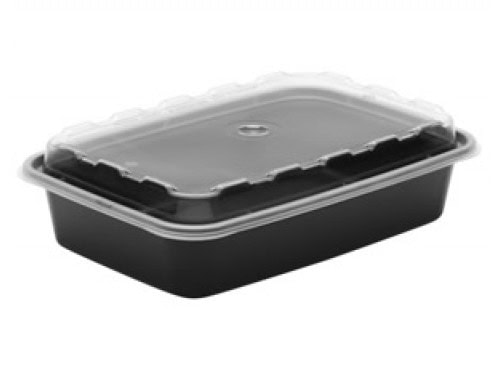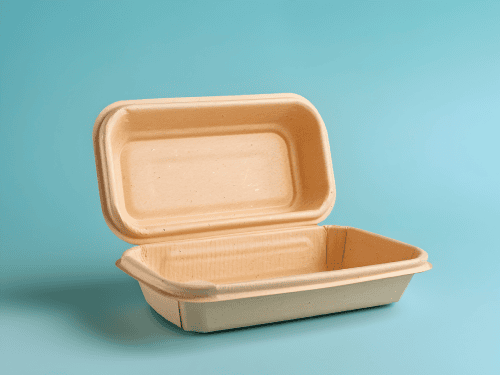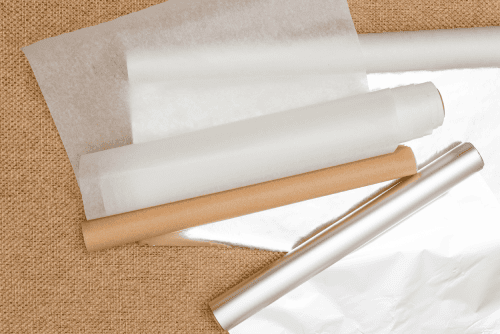Food Service Packaging
Rigid Containers & Lids
Sturdy and leak-resistant, our rigid containers and lids are designed for secure storage and transport of various food items. These containers are ideal for everything from meal prep to takeout, ensuring that food remains fresh and protected. Available in multiple sizes and shapes to fit different types of meals.
Food Service Containers & Trays
Our food service containers and trays are perfect for catering, takeout, and food delivery. These lightweight yet durable packaging options are designed to hold food securely and can handle everything from hot entrees to cold salads, keeping the contents fresh and presentable.
Specialty Product Containers
Specialty product containers are designed for unique or delicate items that require custom packaging. From bakery boxes to sushi trays, these containers offer tailored solutions to ensure that food remains fresh, secure, and visually appealing.
Contact Us




